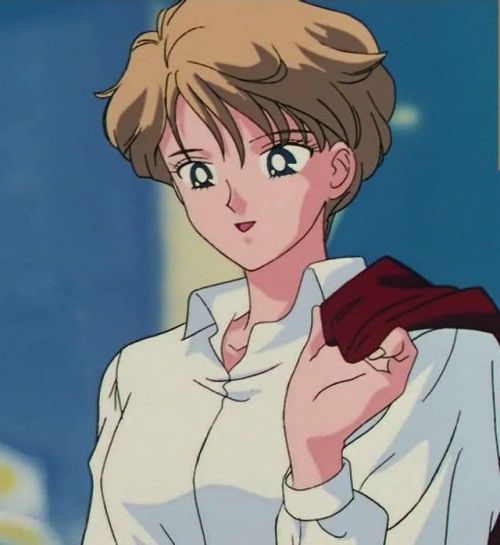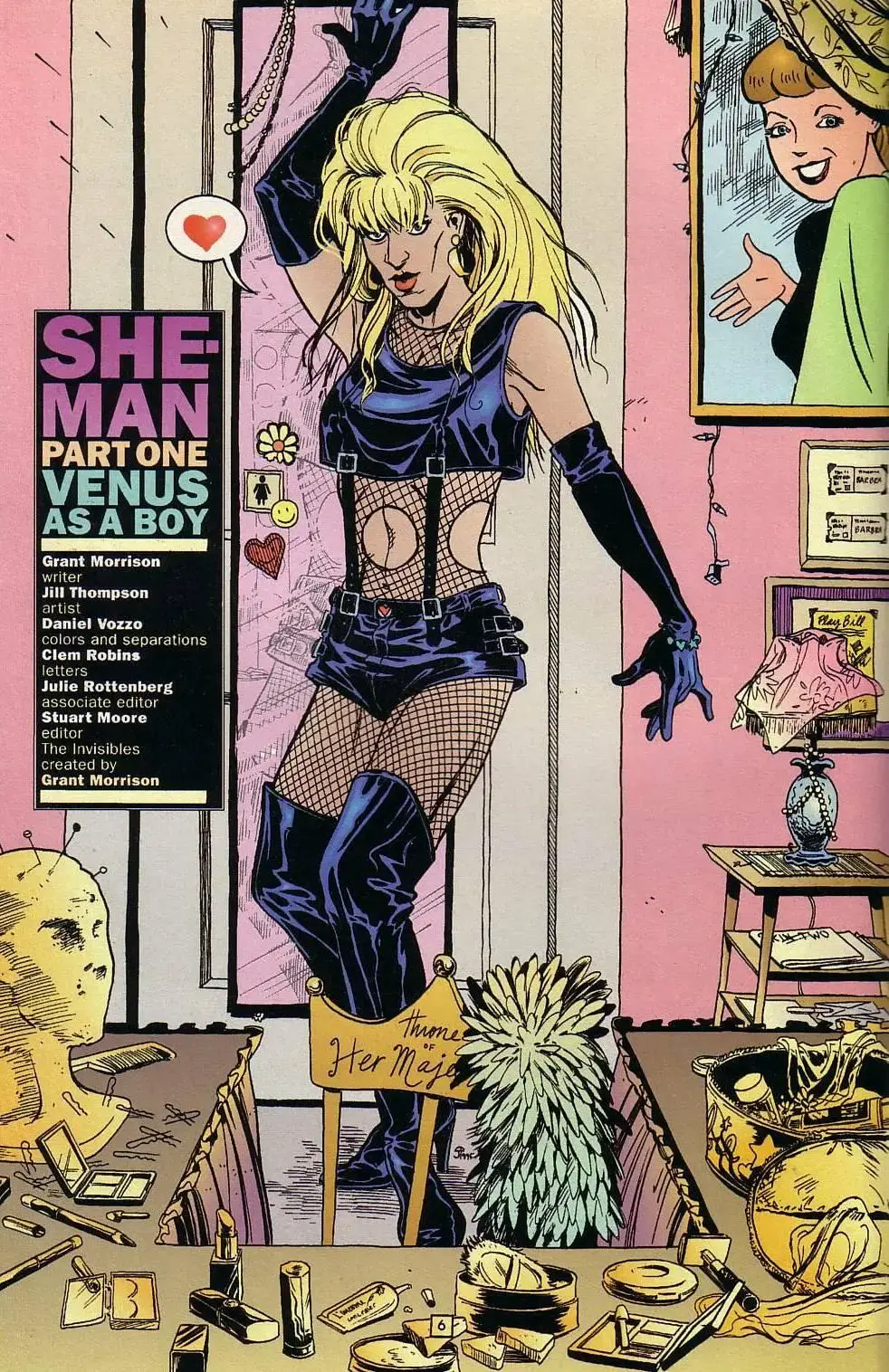Featured: Revolutionary Girl Utena (Shoujo Kakumei Utena / 少女革命ウテナ), a manga and anime series from the 1990s with a bisexual, gender-queer protagonist and an equally 🏳️🌈 colorful 🏳️🌈 cast of supporting characters.

Also have to mention Revolutionary Girl Utena’s predecessor: 1970s manga-turned-anime Rose of Versailles (Versailles no Bara / ベルサイユのばら), the story of a woman raised as a man who becomes entangled in the affairs of the court of Lady Antoinette and the events leading up to the French revolution.
I grew up during the “don’t ask don’t tell” era, so I didn’t even know homosexuality was a thing until late middle school, and didn’t personally know any open LGBTQIA+ folks until some of my friends started coming out as gay in high school (and even then it wasn’t until years later that I met an out adult). As a result, my first exposure to LGBTQIA+ was through manga, anime, and webcomics. While it was far from the best way to learn about the topic (especially back then as it was almost always presented more as exploitation than representation), it was still enough to turn me into a lifelong ally.
While there are mountains of examples of LGBTQIA+ representation in comics and animation today (Shimanami Tasogare is one of my favorites), I thought it would be fun to highlight some earlier examples from an era when non-straight-cis characters were an extreme rarity.

I don’t know what you’re talking about; this is clearly just a straight girl who’s very close with her family…
Lord Fanny from Grant Morrison’s The Invisibles

The first openly gay drag queen superhero that I’m aware of.
Morrison’s writing in this early stage of his career was raw and emotional.
“Tell us what you really think” style that left it all on the page.
Invisibles is great, so are his runs on Animal Man, and most famously Doom Patrol are from this era.
But Invisibles is his most personal work. Morrison practically inserts his self in the comic pages with his lookalike stand in King Mob.
It is said that he dressed up as Lord Fanny to go clubbing.
Other Invisibles characters are said to be other facets of Morrison himself, or him at various stages in his life, like young punk teenager Jack Frost for example.
